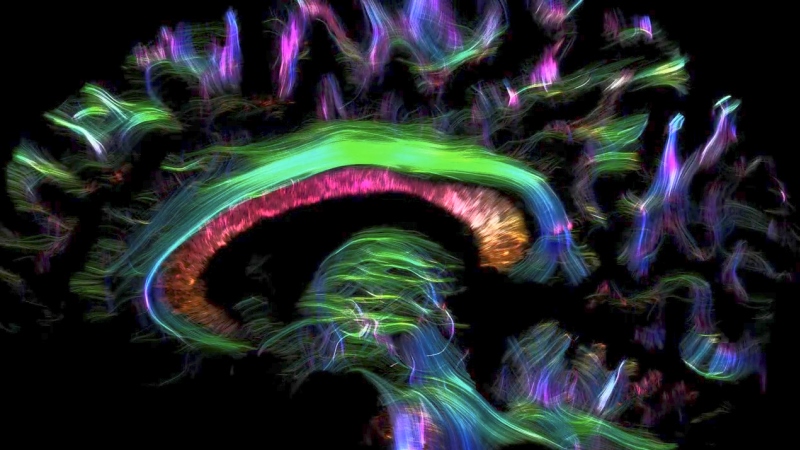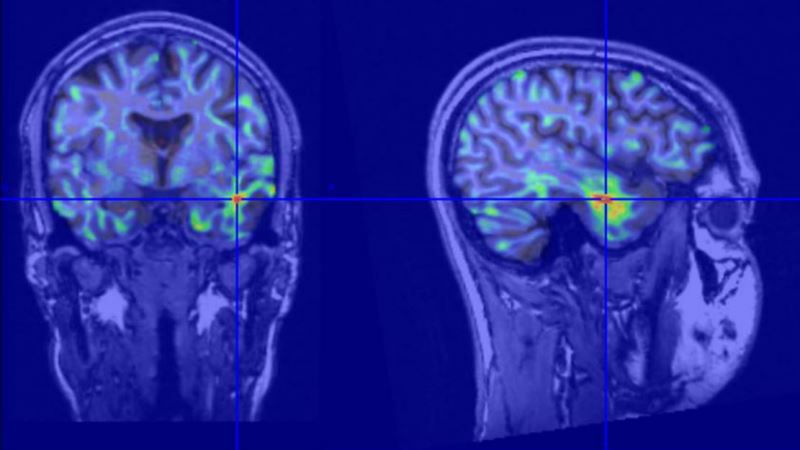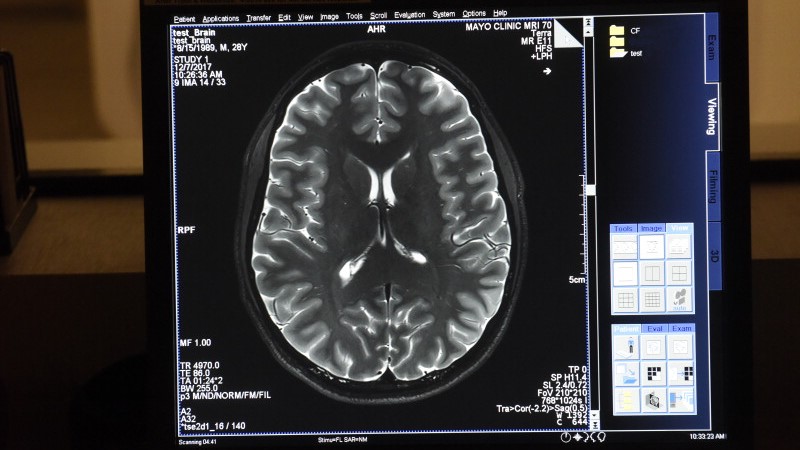Precision technologies at Mayo Clinic help neurologic patients
New imaging, instrumentation and software help neurologists and neurosurgeons preserve vital areas during surgery, making more complex procedures possible.
Combined with Mayo Clinic surgical expertise, these technologies allows for safer procedures including the ability to operate closer to vital areas with confidence. New, minimally invasive techniques lead to better results both in the operating room and after surgery.
Minimally invasive techniques may result in:
Reduced Hospital Stays
Many people who undergo brain tumor surgery at Mayo Clinic leave the hospital in one or two days.
Lower Than Expected Complication Rates
Technological advances allow surgeons to visualize exactly where the tumor is and the surgical path to it.
Shorter Recovery Times
Minimally invasive procedures often result in smaller incisions and scars.

Making inoperable brain tumors treatable
Treatment of brain tumors is often challenging and risky due to their complex nature and proximity to sensitive tissue. Improved visualization and planning allow for a better understanding of the tumor before surgery begins.

Interoperative MRI shows brain activity during surgery to guide surgeons.

Awake Brain Surgery and Brain Mapping allows care teams to identify functions of brain areas and avoid vital areas.

Minimally Invasive Techniques such as key-hole surgery, radiosurgery, and proton beam radiotherapy minimize disturbance to tissue and enable faster recovery with fewer side effects.

Fluorescence-Guided Surgery shows where the tumor is located in the brain beyond what can be seen with the naked eye.

Additional diagnostic techniques provide insight into tumor firmness, adhesion to other tissue, and ways to save surrounding, healthy tissue.

Advanced brain mapping to personalize epilepsy care
Sophisticated imaging technology that uses higher magnet strengths and computational tools allow Mayo Clinic doctors to identify where seizures originate within 1 millimeter. In the past, physicians may have been unable to identify the small lesions or abnormalities in the brain that caused their epilepsy.
Understanding the exact root cause of a seizure is critical for informing the most effective treatment plan for an individual patient. Mayo Clinic clinicians and researchers work in teams to collaborate across medical specialties to consider all of a patient’s medical needs beyond their seizures. Mayo’s subspecialized epileptologists subspecialize in the various root causes of epilepsy including genetic, structural, autoimmune or neurometabolic.
Mayo Clinic’s surgeons are also pioneering new treatments for epilepsy to reduce or cure seizures beyond traditional medication. These treatments include neuromodulation, laser surgery and temporal lobectomy. Mayo Clinic is one of the few centers in the country that offers the newly FDA-approved deep brain stimulation for the treatment of refractory epilepsy.

Robotics for precision spine surgery
Mayo Clinic teams supplement their surgical expertise with advanced robotic systems to enhance the surgical placement of spine instrumentation. Computed tomography (CT) or fluoroscopic imaging are used before and during surgery help determine the path used by the robot at every level of the spine.
The system’s navigational software used was partly developed at Mayo Clinic, and additional data will be used to refine and improve the software over time. Outcomes for patients include less postoperative pain, lower use of pain medication, and shorter hospitalization times.
Mayo Clinic teams perform spine surgery only when necessary, and customize their approach for each individual patient.
Find the right care the first time
Successful treatment starts with an accurate diagnosis. Whether you are newly diagnosed or if you’ve been living for years with a neurological disorder, Mayo's locations in Arizona, Florida and Minnesota use the latest diagnostic imaging to pinpoint the exact cause of your condition.
Then, Mayo tailors a care plan designed just for you using the latest treatment innovations. Teams at Mayo Clinic diagnose and treat thousands of patients each year. These teams have successfully treated even the most complex cases.
Mayo Clinic in Rochester, Minnesota, Mayo Clinic in Scottsdale, Arizona, and Mayo Clinic in Jacksonville, Florida are ranked among the Best Hospitals for Neurology and Neurosurgery by U.S. News & World Report.